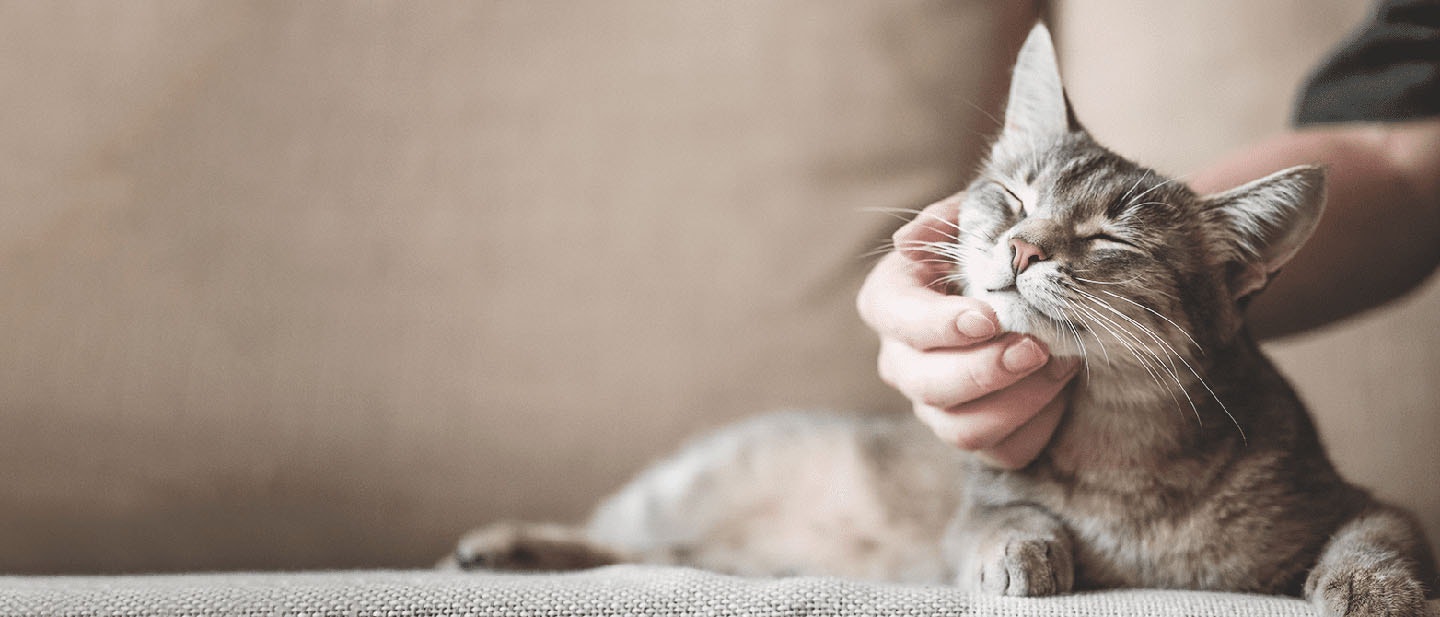
Cat Behavior: Understand Your Cat's Body Language & Emotion
Cats make one of the best family pets. But before you bring a feline furry friend home, make sure that you have a fair understanding of their body language and behaviour as this will help in better communication with your fur baby when they become a part of your family. It would become much easier for you as well as the cat to adjust to the new settings and to each other.
Unlike what many people believe, that cats are not as expressive or loving as dogs, feline furries have their own unique way of communicating. For example, did you know that cats only meow to humans? So, when your fur kiddo is meowing to you or around you, it is essentially ‘talking’ to you. All you have to do is understand your furry.
Let us take a look at some of the important aspects that will help you in understanding your cat well.
Cat behaviour
Understanding cat behaviour will let you know what your four-legged friend wants to convey to you. While cats have uber-cute ways of expressing themselves, sometimes, their behaviours are truly odd and weird.
When your cat licks you, exposes its belly to you, purrs, and kneads with its paws, you’ll feel all ‘awwwwww’, with a strong urge to cuddle it and pamper it.
The expression quickly changes to ‘oh no!’ when it knocks things over, scratches furniture, pees and poos outside the litter box, brings dead animals or toys from outside, or starts chirping.
Another common behaviour is furries rubbing against a surface or you, which indicates territory marking.
You might also have noticed your kitty eating grass! Wondering why they look for grass after gobbling up all the yummy kibble you gave them. Well, it might be for soothing their tummy as it helps with hairballs and with gastrointestinal problems.
Cat sign language
Cat emotions are simpler to decipher as opposed to their behaviours, provided you know their body language. Cats use unique combinations of body language, scent cues, and vocalizations to communicate. Here are some cat signs language, which will teach how to understand your cat:
Sounds:
Purring, meowing, growling, and hissing, are an integral part of the feline repertoire. Each of these vocal sounds has a special meaning. While purring and meowing are friendly sounds, growling and hissing are warnings to stay away.
Eyes:
Eyes play an important role in cat communication. When the eyes enlarge suddenly it is an indication of strong emotion. When eyes are wide open, a cat trusts you; narrowing of eyes indicates aggression or fear. Sleepy-looking, droopy eyelids mean that the furry friend is relaxed.
Ears:
Cats communicate with their ears too. Forward-facing ears mean your feline friend is interested. Swivelling the ears backwards or sideways shows distress or the cat’s arousal. If your cat feels threatened, you can see backward ears.
Fur:
How to understand your cat with its fur? When a cat is healthy as well as calm, the fur will look normal. If the fur is matted, it indicates that the cat is unwell. If the coat becomes fluffed suddenly or the tail has a ‘bottle brush’ appearance, it indicates aggression or fear.
Scent and smell:
Humans cannot always decipher the scent cues of cats. However, cats employ various scent tools for other cats in the form of faeces and urine marking, clawing and body rubbing. Cats are extremely territorial and even kittens understand such scent cues.
Tail:
The tail movement can have different meanings too. When a cat wants to be loved, it holds up its tail. A thumping or flailing tail is a sign to maintain distance. If there is bristling on the tail fur, it means defensiveness. If the tail is high and bristled, the cat is ready for a fight. Lastly, when the cat is fearful the tail is tucked between the legs.
Cat emotions
You will be surprised to know that cats have strong emotions and they do not shy away from showing them. Lots of research is being done on cat emotions lately and hopefully, we will have more information on the mysteries of the felines and how to understand your cat in the coming years. But you can be sure that your fur baby not only has immense love for you, but also feels happiness, fear, depression, anxiety, and relief. Cats have a strong emotional response to pain too.
It is interesting to note that cats have high-level cognitive abilities. This trait is prevalent in domestic cats where they can recognise the emotions of strangers as well as of their owners. When owners show positive behaviour, feline friends love spending time with them by purring and rubbing against their bodies. Whereas when their humans are angry or annoyed, fur babies will show their stress with backwards ears and hiding.
Cat body language
Understanding cat body language is an interesting area of study. Cat communication takes place through its whole body, ears, eyes, voice, tail, fur, and so on. For understanding your cat, you just need to closely watch what it wants to convey.
Licking, purring, meowing softly, kneading, and lying on the back with the belly exposed are clear indications that your feline friend trusts you, wants your attention and loves you. It also indicates that the cat is happy and considers you as a part of the family. If your furry friend has an arched back with its tail held high and is head-butting you, understand it wants cuddles and loads of love! A curled-up cat means that your pawed friend feels safe and relaxed as it is their favourite sleeping position. On the other hand, hissing, furs raised on end, and growling are clear indications of fear and aggression.
